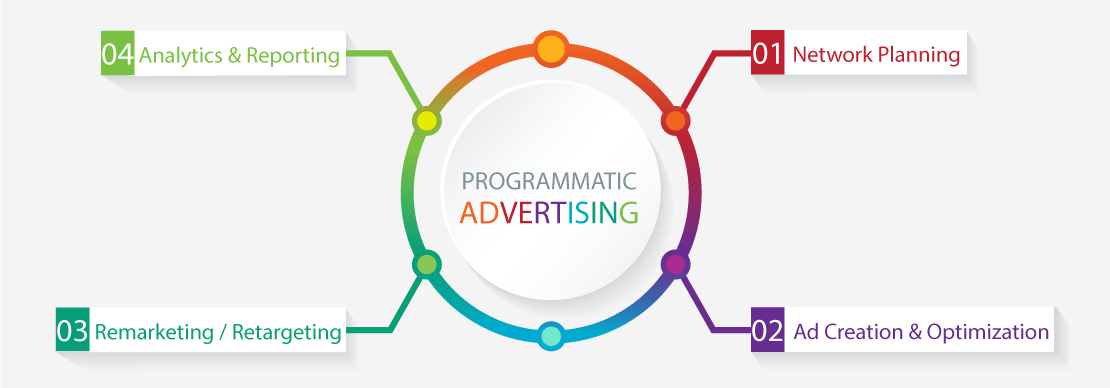How programmatic advertising helps to target the right audience
Even though you have the best of advertisements made, they cannot have the desired effect unless they appear at the right time and at the right place.
There is a growing need, regardless of company size and location, to make advertising more personal… more localized. Advertisers of all sizes are evaluating how they can most effectively identify and reach customers where they live and play and as a result, they are adjusting their marketing spend to do just that. BIA/Kelsey forecasts that US location-based ad spend will double in the next five years.
Since nomenclature, local preferences, competitors, and buying habits vary widely from state-to-state and city-to-city, location-based advertising delivers better performance and deeper insights for marketers of all shapes and sizes.
An essential component of location-based advertising is programmatic advertising which has become the buzzword. There is a growing trend of brands adopting this technology to serve online ads to a business’ most likely customers. The addition of programmatic advertising was one of the biggest advancements in digital since the introduction of search.
What is programmatic advertising?
Programmatic advertising enables to target a specific category of audience. Here the segments can range across demographics such as gender, age, social status, to geographic in certain areas of the country. Along with this, with ‘paid search’ one can also control the ads to a specific time of the day or monitor the frequency. You can decide which publishers you want your ads to show on.
By doing this, you are only paying for highly effective ads, delivered to the right people at the right time. Programmatic advertising breaks the stereotypical norms of traditional ad buying. Buyers nowadays do not like to run a certain number of ads with a publisher and remain locked in a contract.
In other words as State of Digital states programmatic advertising is the algorithmic purchase and sale of advertising space in real time. During this process, software is used to automate the buying, placement, and optimisation of media inventory via a bidding system. Automating the process means that it can be done in real time and doesn’t rely on the human touch, manual insertions and manual trading.
How can localizing programmatic advertising help?
Programmatic advertising is a very efficient and effective way for brands to reach their desired audiences. By localizing their programmatic advertising efforts, brands are able to both customize their targeting and customize their messaging to the needs of the local markets that they serve.
For example, a Toyota dealer in Palo Alto, CA, may have a lot full or Prius hybrid vehicles, and will need very different targeting and messaging than a Toyota dealer in Fort Worth, TX, who will likely have a lot full of Tundra pickup trucks and SUVs. Localized programmatic enables customization of advertising to each dealer’s local needs.
A company which is emerging as a leader in this field is Simpli.fi. The company has made localized programmatic advertising both affordable and effective for not only multi-location brands and ad agencies, but they also work closely with Local Media Groups (TV, Radio, Cable & Newspapers) to bring the power of localized programmatic to SMBs.
Stating the importance of localized programmatic advertising Frost Prioleau, CEO of Simpli.fi says, “Initially, most of the available programmatic tech was focused on national campaigns. Most programmatic platforms base their targeting on pre-packaged audience segments, making it difficult to customize, optimize and personalize audiences to local buying habits, brand preferences, and competitive players.”
Localization is necessary in order to effectively reach users whose buying habits, nomenclature, and preference vary widely from state-to-state and city-to-city. “However, scaling large numbers of highly personal and targeted local campaigns requires purpose-build technology. This is where Simpli.fi fits into the marketplace. Simpli.fi’s use of unstructured data, which allows for rich, highly granular targeting, serves ads based on element-level information, making campaigns more relevant and effective for prospects, thus driving a higher ROI,” adds Prioleau.
Programmatic advertising hence not only helps to deliver this level of insight and transparency but also creates the opportunity for brands to engage in near real-time with connected and unique audiences.
Source : www.geospatialworld.net

